Home>Gardening & Outdoor>Landscaping Ideas>How To Get Rid Of Fescue Grass
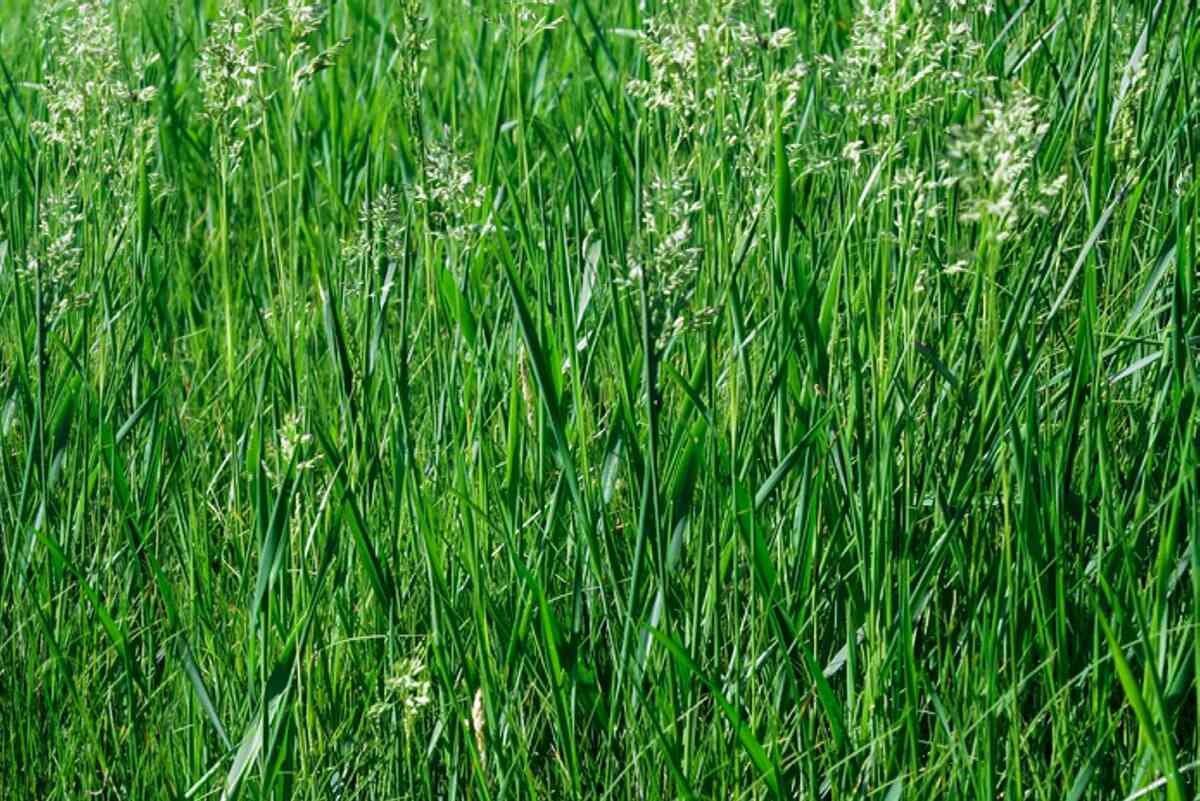

Landscaping Ideas
How To Get Rid Of Fescue Grass
Published: January 23, 2024
Learn effective landscaping ideas and techniques to remove fescue grass from your lawn. Discover the best methods for achieving a lush and healthy landscape.
(Many of the links in this article redirect to a specific reviewed product. Your purchase of these products through affiliate links helps to generate commission for Storables.com, at no extra cost. Learn more)
**
Introduction
**
Are you tired of dealing with pesky fescue grass that seems to invade every corner of your lawn or garden? While fescue grass can be a desirable component of a well-maintained lawn, it often becomes a nuisance when it starts encroaching on other areas or competing with preferred grass species. If you find yourself in this predicament, fear not – there are effective methods for getting rid of fescue grass and reclaiming your green space.
In this comprehensive guide, we will delve into the world of fescue grass and explore the various techniques for eradicating it from your landscape. Whether you prefer natural and organic approaches or are open to using chemical herbicides, we will cover all the options so you can make an informed decision. By the end of this article, you will have a thorough understanding of how to bid farewell to fescue grass and restore the beauty of your outdoor environment. Let’s embark on this journey to reclaim your turf from the clutches of fescue grass!
Key Takeaways:
- Say goodbye to pesky fescue grass invading your lawn with effective removal methods, from chemical herbicides for rapid action to eco-friendly natural techniques.
- Understand the resilient nature of fescue grass and choose the best removal method, whether it’s precision with chemical herbicides or sustainability with natural and organic approaches.
Read more: How To Get Rid Of Tall Fescue Grass
Understanding Fescue Grass
Before diving into the methods for removing fescue grass, it’s essential to understand this species and its characteristics. Fescue grass, scientifically known as Festuca, is a cool-season grass that is commonly used in lawns, pastures, and turf mixtures. It is valued for its fine texture, drought tolerance, and ability to thrive in both sun and shade. There are several types of fescue grass, including tall fescue, fine fescue, and creeping red fescue, each with its own unique traits and growth habits.
One of the primary challenges associated with fescue grass is its aggressive nature, which can lead to it spreading beyond its designated areas and infiltrating neighboring turf or garden beds. This can result in an unsightly and uneven lawn, as well as competition with desired grass species. Additionally, fescue grass can be challenging to remove due to its deep and extensive root system, making eradication efforts a daunting task.
When identifying fescue grass, look for characteristics such as fine blades, bunching growth patterns, and a tendency to form dense clumps. It often exhibits a vibrant green color and can withstand harsh environmental conditions, making it a resilient and formidable opponent in the battle for turf dominance.
Understanding the growth habits and resilience of fescue grass is crucial for devising an effective eradication strategy. By familiarizing yourself with the intricacies of this grass species, you can better equip yourself to combat its encroachment and regain control of your lawn or garden.
Methods for Getting Rid of Fescue Grass
When it comes to eliminating fescue grass from your landscape, there are several approaches to consider. Whether you opt for chemical herbicides or prefer natural and organic methods, each technique has its unique benefits and considerations. Let’s explore the various methods for getting rid of fescue grass to help you determine the most suitable course of action for your specific needs.
Before initiating any eradication efforts, it’s important to assess the extent of the fescue grass infestation and identify the areas that require treatment. This will enable you to target your efforts effectively and minimize the impact on surrounding vegetation.
Now, let’s delve into the methods for removing fescue grass:
- Chemical Herbicides
- Natural and Organic Methods
Each of these approaches offers distinct advantages and considerations, allowing you to choose the most appropriate strategy based on your preferences and environmental considerations. Whether you prefer the rapid action of chemical herbicides or the eco-friendly nature of natural methods, there is a solution tailored to your needs.
By exploring these methods in detail, you will gain valuable insights into the best practices for eradicating fescue grass and restoring the health and beauty of your lawn or garden. Let’s proceed to examine each method thoroughly to equip you with the knowledge and confidence to tackle the fescue grass challenge head-on.
To get rid of fescue grass, you can use a non-selective herbicide like glyphosate. Apply it carefully to avoid harming other plants, and follow the instructions on the label.
Chemical Herbicides
Chemical herbicides offer a potent and efficient means of eliminating fescue grass from your landscape. These products are formulated to target specific grass species while minimizing harm to surrounding vegetation when applied according to the manufacturer’s instructions. When considering the use of chemical herbicides, it is crucial to prioritize safety and environmental considerations to ensure responsible and effective application.
Before applying any chemical herbicides, carefully read and follow the instructions provided on the product label. It is essential to wear appropriate protective gear, such as gloves and eye protection, and to avoid application during windy conditions to prevent unintentional drift onto non-target areas.
When selecting a chemical herbicide for fescue grass eradication, look for products specifically designed to target this grass species while being compatible with your lawn or garden type. Herbicides containing active ingredients such as glyphosate or fluazifop-p-butyl are effective against fescue grass and can be applied with precision to minimize collateral damage.
Application methods for chemical herbicides may include spot treatments for isolated fescue grass patches or broadcast applications for widespread infestations. It is crucial to calibrate equipment properly and apply the herbicide evenly to achieve consistent results and prevent over-application.
After applying chemical herbicides, monitor the treated areas closely to assess the efficacy of the treatment and identify any signs of regrowth. Depending on the product used, multiple applications may be necessary to fully eradicate fescue grass and prevent its resurgence.
While chemical herbicides offer rapid and targeted fescue grass control, it is important to exercise caution and consider the potential impact on beneficial organisms and the surrounding ecosystem. Additionally, adherence to local regulations and guidelines regarding herbicide use is imperative to minimize environmental impact and ensure responsible stewardship of your outdoor environment.
By employing chemical herbicides judiciously and in accordance with best practices, you can effectively combat fescue grass and restore the vitality of your lawn or garden. However, if you prefer a more natural and eco-friendly approach, exploring alternative methods for fescue grass removal may align more closely with your values and environmental ethos.
Natural and Organic Methods
For those seeking environmentally friendly and sustainable approaches to fescue grass removal, natural and organic methods offer effective alternatives to chemical herbicides. These methods prioritize the use of natural ingredients and eco-conscious practices to combat fescue grass while promoting the overall health of the landscape.
One of the primary natural methods for controlling fescue grass involves manual removal, where the grass is physically uprooted or dug out to prevent regrowth. This approach is labor-intensive but can be highly effective, especially for targeting isolated fescue grass patches within the lawn or garden. It is essential to ensure thorough removal of the grass roots to prevent re-establishment.
Another natural strategy is the use of smothering techniques, where non-toxic materials such as mulch or heavy-duty landscaping fabric are employed to deprive fescue grass of light and impede its growth. This method is particularly effective for suppressing fescue grass in garden beds or areas with limited desirable vegetation, providing a natural and chemical-free solution.
Furthermore, promoting the growth of desirable grass species through overseeding and diligent lawn maintenance can help outcompete and gradually replace fescue grass. By fostering a healthy and robust lawn ecosystem, you can naturally suppress the growth of fescue grass and encourage the dominance of preferred grass varieties.
Utilizing natural herbicidal solutions, such as vinegar-based sprays or citrus oil extracts, can also be effective in targeting fescue grass while minimizing the use of synthetic chemicals. These natural alternatives offer a gentle yet impactful approach to grass control, providing a viable option for eco-conscious individuals seeking sustainable solutions.
Integrating cultural practices such as proper mowing, watering, and soil amendment can also contribute to reducing the vigor of fescue grass and creating an environment conducive to the growth of desired turf species. By optimizing the conditions for preferred grass varieties, you can naturally deter the persistence of fescue grass without relying on synthetic interventions.
Embracing natural and organic methods for fescue grass removal not only aligns with eco-conscious principles but also contributes to the overall well-being of the landscape. By implementing these sustainable practices, you can effectively manage fescue grass while nurturing a vibrant and environmentally harmonious outdoor space.
Conclusion
As we conclude our exploration of fescue grass removal methods, it is evident that there are diverse approaches to addressing this persistent grass species. Whether you opt for the rapid action of chemical herbicides or embrace the eco-friendly ethos of natural and organic methods, there are effective solutions tailored to your preferences and environmental considerations.
Understanding the characteristics and resilience of fescue grass is crucial for devising a targeted and successful eradication strategy. By familiarizing yourself with the growth habits and challenges posed by this grass species, you can make informed decisions regarding the most suitable approach for reclaiming your lawn or garden.
Chemical herbicides offer a potent means of eradicating fescue grass, providing rapid and targeted control when applied responsibly and in accordance with best practices. However, it is essential to prioritize safety and environmental considerations to minimize the impact on beneficial organisms and the surrounding ecosystem.
On the other hand, natural and organic methods present sustainable and eco-conscious alternatives for fescue grass removal, emphasizing the use of non-toxic materials and cultural practices to suppress and replace the invasive grass species. These methods align with environmentally friendly principles and contribute to the overall health and vitality of the landscape.
Ultimately, the choice of fescue grass removal method rests upon your preferences, values, and the unique characteristics of your outdoor space. Whether you opt for the precision of chemical herbicides or the sustainable ethos of natural methods, each approach offers a pathway to reclaiming your turf from the encroachment of fescue grass.
By implementing the insights gained from this guide, you can embark on a journey to restore the beauty and balance of your lawn or garden, free from the constraints of invasive fescue grass. Armed with knowledge and a tailored approach, you are equipped to overcome the challenges posed by this resilient grass species and create a landscape that reflects your vision and environmental stewardship.
With a comprehensive understanding of fescue grass and the array of removal methods at your disposal, you are empowered to reclaim your outdoor space and cultivate a thriving and harmonious environment for years to come.
Frequently Asked Questions about How To Get Rid Of Fescue Grass
Was this page helpful?
At Storables.com, we guarantee accurate and reliable information. Our content, validated by Expert Board Contributors, is crafted following stringent Editorial Policies. We're committed to providing you with well-researched, expert-backed insights for all your informational needs.
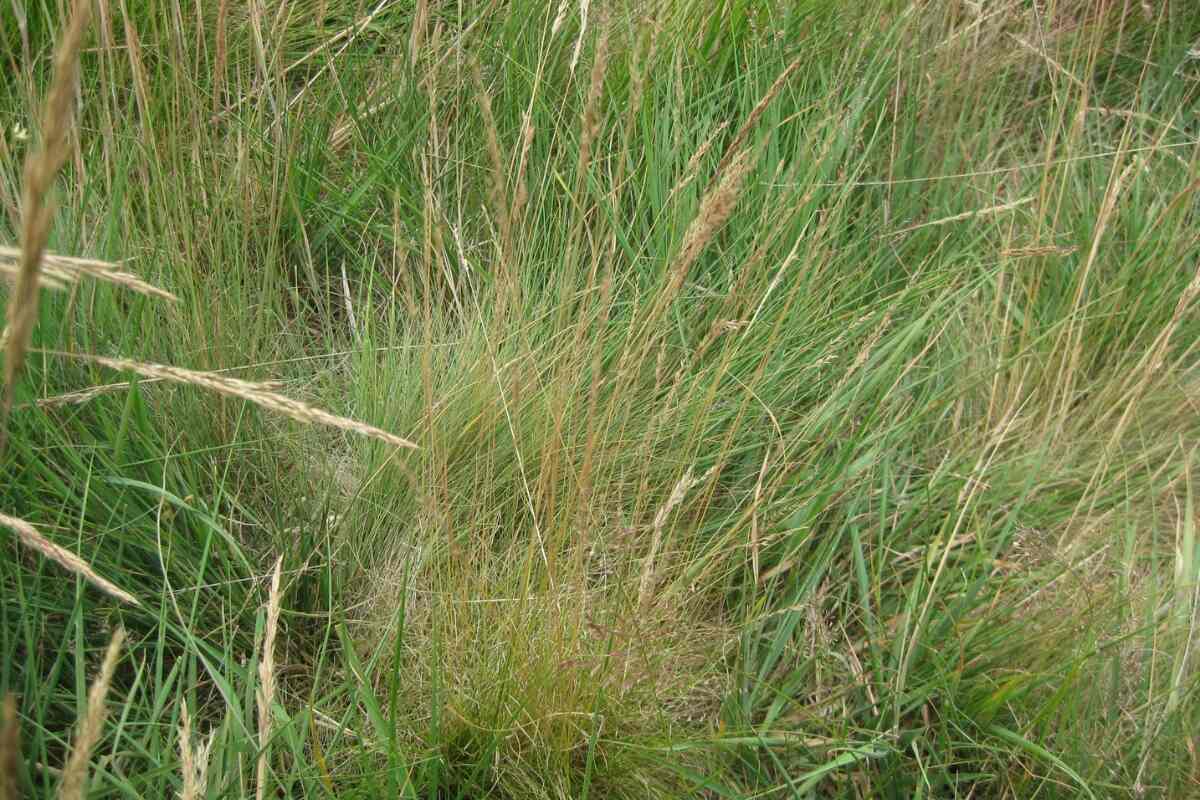









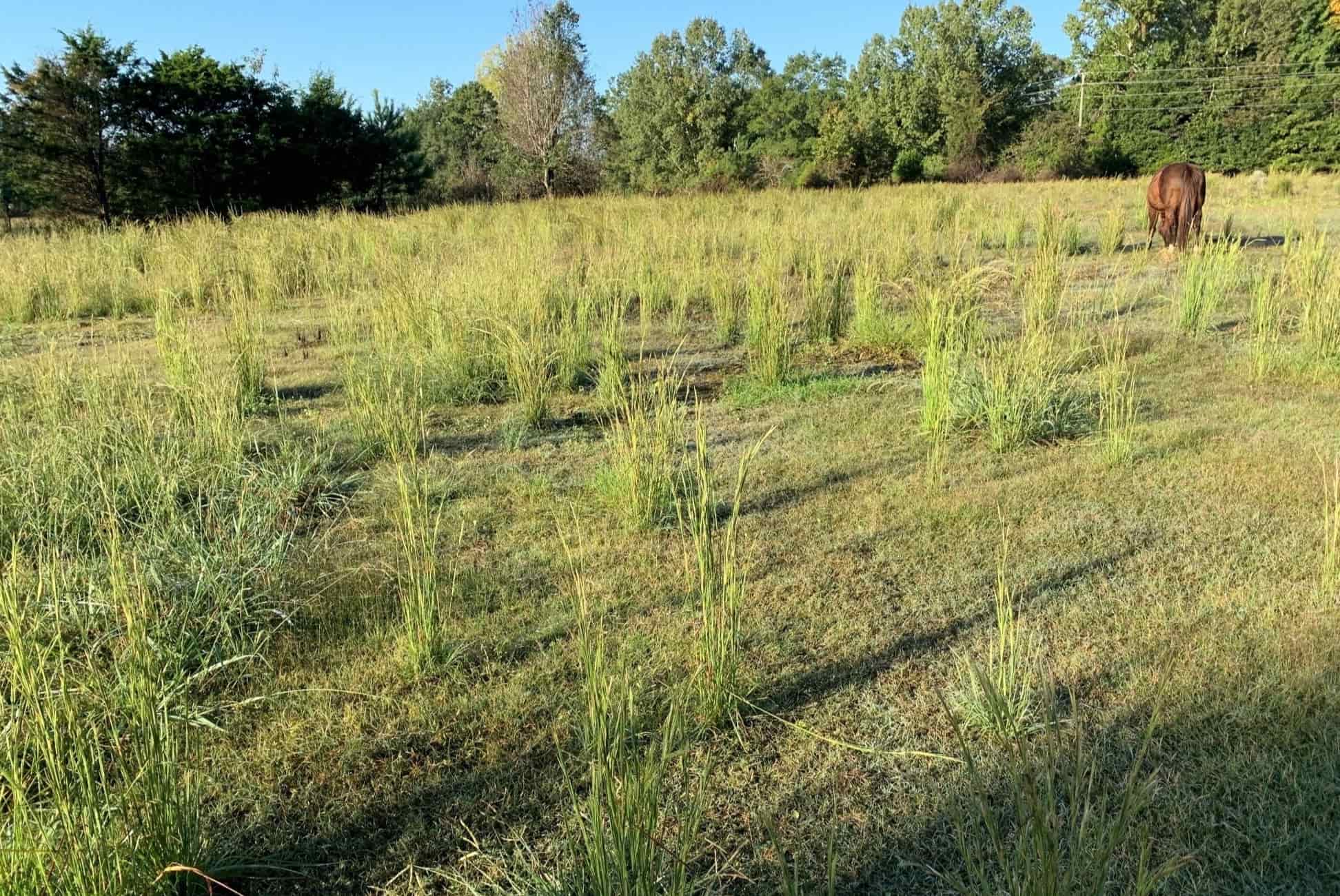
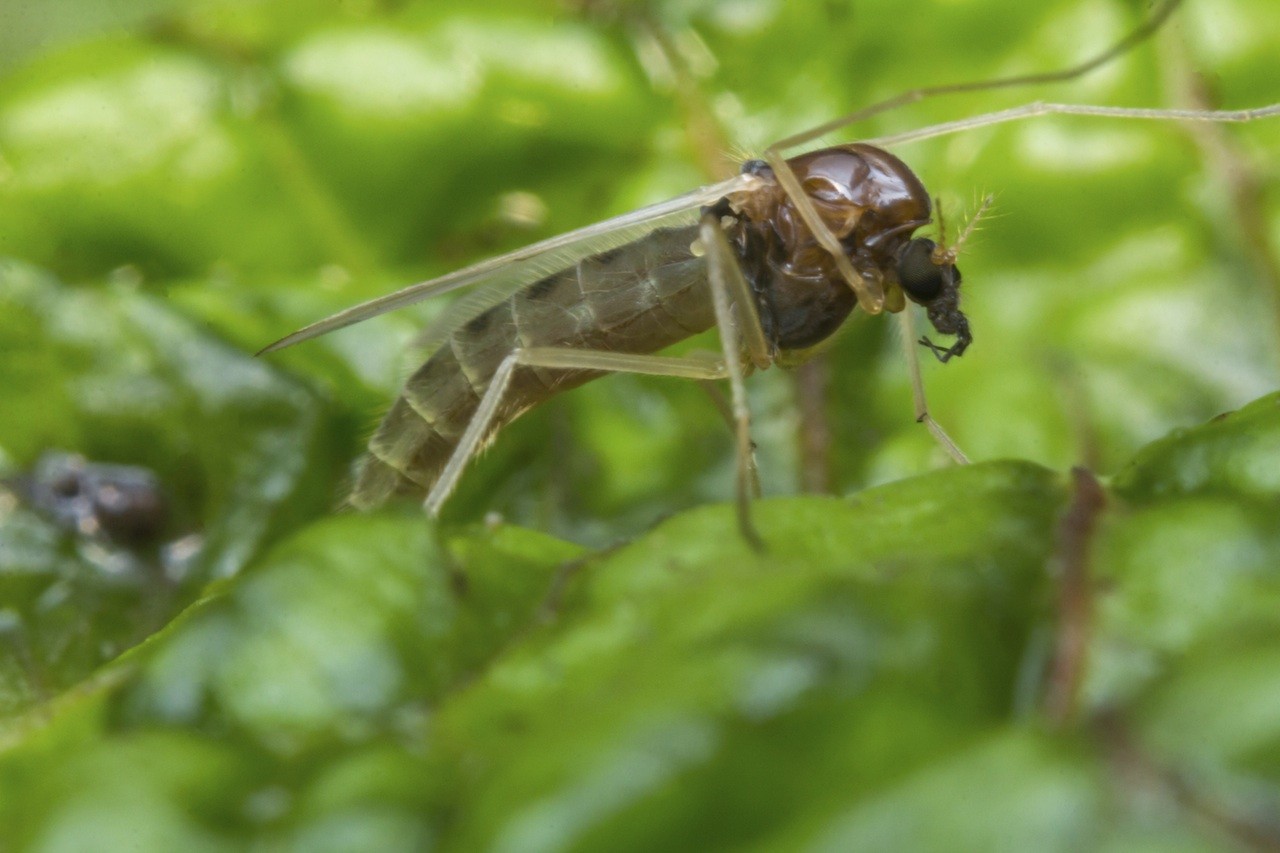

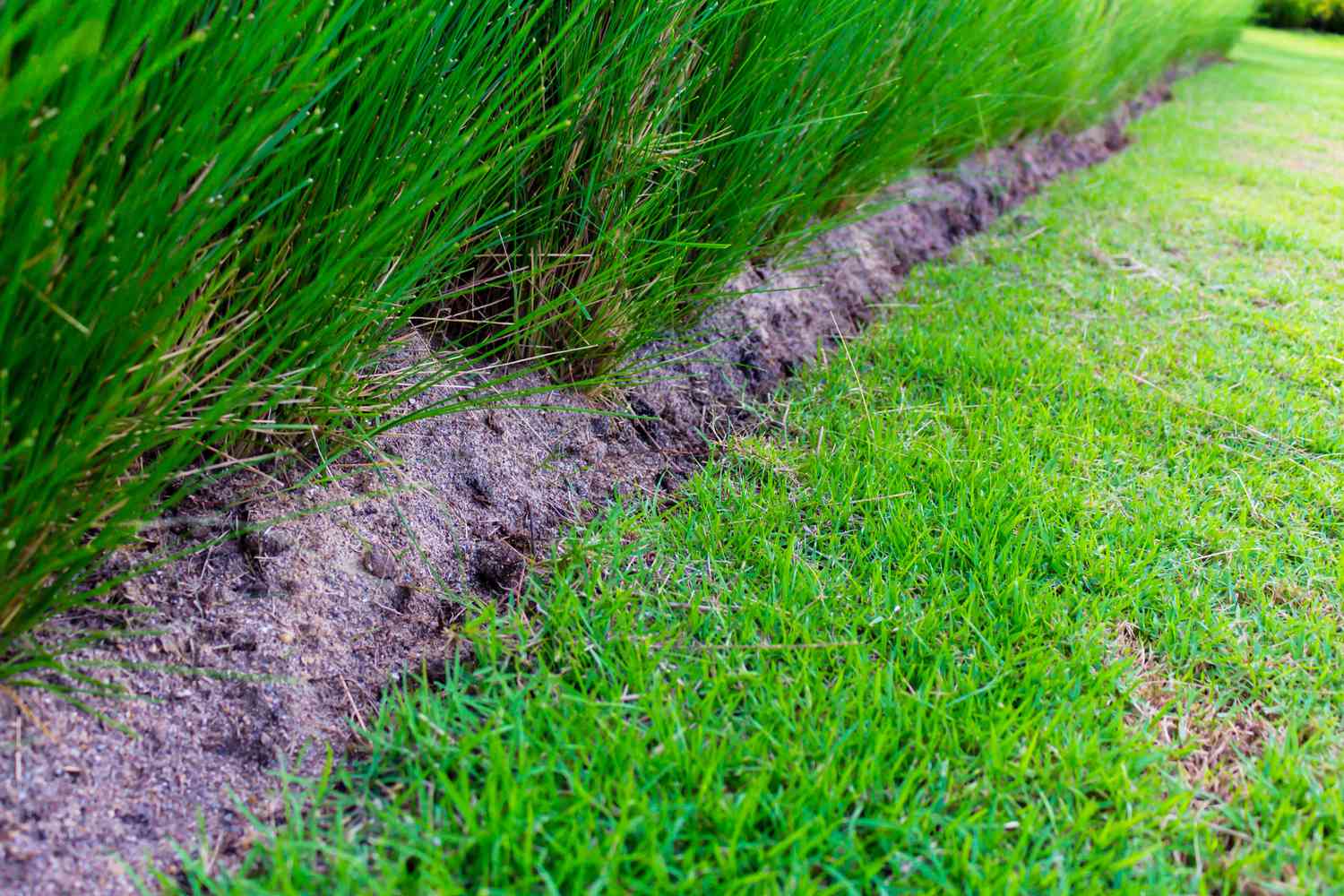

0 thoughts on “How To Get Rid Of Fescue Grass”